Solar Cars Are in the Same Place They’ve Been for Decades
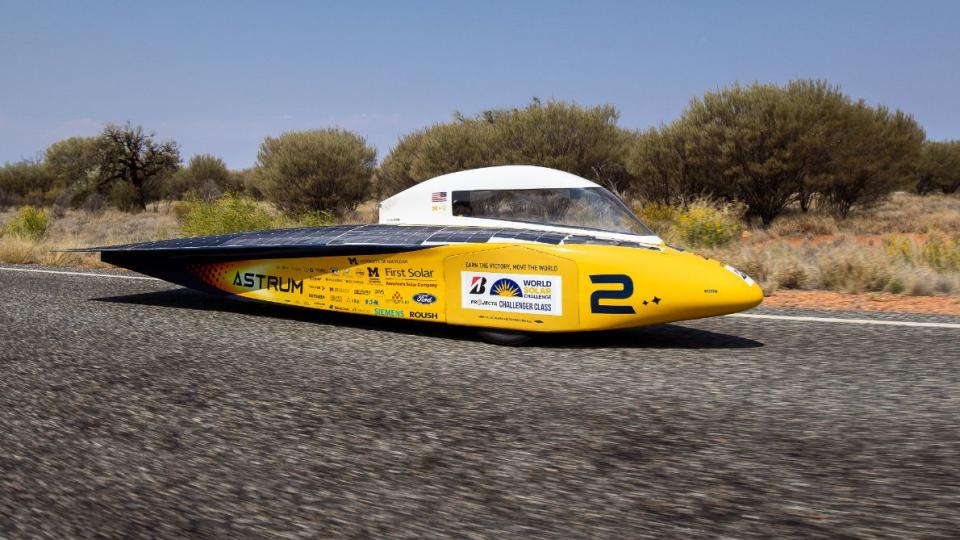
"Hearst Magazines and Yahoo may earn commission or revenue on some items through these links."
Solar cars have been part of the automotive conversation for decades at this point, but consumer versions have yet to truly take off.
With market entrants from Aptera and Lightyear still en route, the light of hope for solar cars hasn't completely died off yet, even if Sonos dropped out.
Still, a strong academic market exists, as decades of engineering students take on the challenge of solar marathon racing across the globe.
The Sonnenwagen Aachen team from Germany claimed the pole position in the recent Bridgestone World Solar Challenge. But another impressive feat came from a team of students from the University of Michigan, who came storming from behind in the Astrum solar car—starting dead last among 32 cars—to finish fourth in this 1800-mile sun-fueled marathon from Darwin, Australia, to Adelaide in the south.
This accomplishment is fitting for its connection to Michigan. Some 68 years ago, a General Motors employee named William Cobb unveiled a 15-inch, solar-powered car at the Chicago Automobile Show. By most accounts, this is the first example of a solar-powered car ever, and the accompanying discourse was electric, no pun intended.
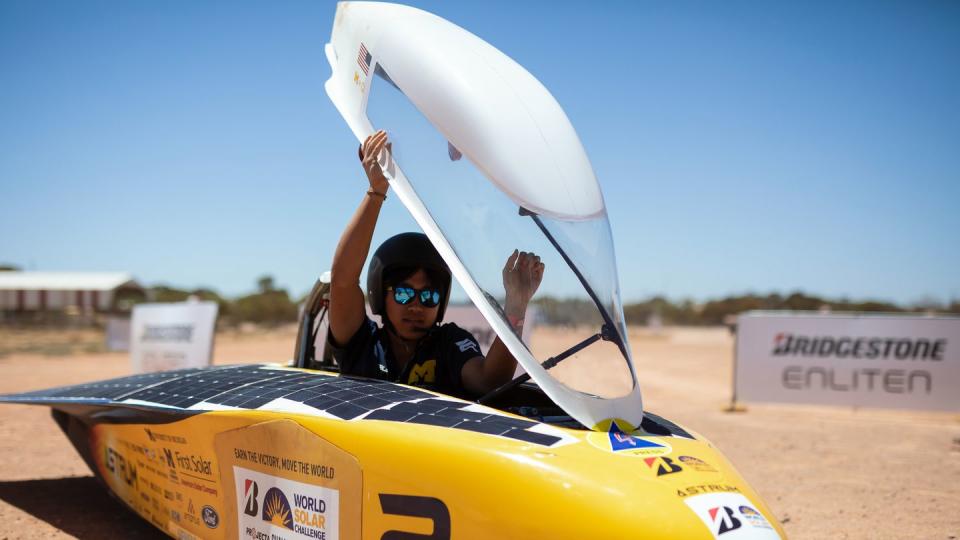
In fact, The New York Times called that first solar model, "a possible source of future power," in recounting the unorthodox auto show. But it doesn't take more than a glance out the window to see that a solar-powered transportation reality hasn't come to fruition.
That hasn't stopped numerous companies from trying, though. Sono Motors launched a solar electric project with a sun-soaking shell back in 2016, but then announced its demise earlier this year. Even so, San Clemente, California-based Aptera remains committed to the solar push, originally selling out pre-orders for its solar-powered tri-wheeler in 2020.
Since then, Aptera has pushed production plans back, though it has held strong to the possibility of 60,000 units worth per year. How exactly does this Diamond Aircraft-looking solar car work? By continually harnessing sunshine, Aptera says you can drive at least 40 miles of solar-charged, battery-electric range a day.
Under the right circumstances, the Aptera car could go up to 400 miles on a single charge and yield around 11,000 miles of solar charging potential per year. But even a solar-first company is prudent enough to add a traditional NACS charging connector to its launch model, with up to 60 kW of charging speed and a 240V charging rate of 57 miles per hour.
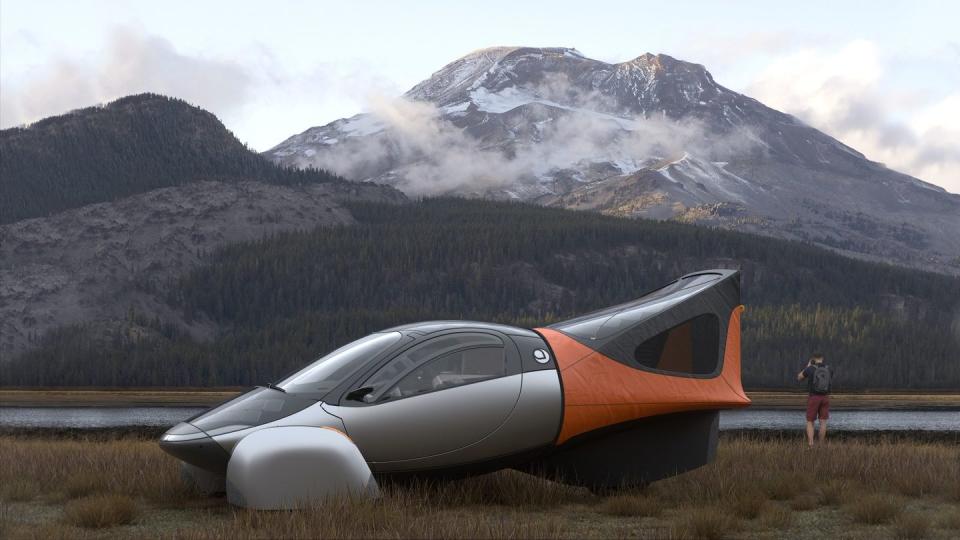
That's all great and genuinely interesting, but the company has yet to deliver any of its launch models. And the same is true for the even more ambitious Lightyear 2, which isn't slated for production until 2025. That said, the $260,000 388-mile Lightyear 0 is an engineering marvel, even if it's in the hands of very few owners.
If this all sounds a bit cyclical, that's because it is. Much like the limited proliferation of hydrogen vehicles, solar power is an innovative, fledgling idea with a long way to go. But this is actually the same story we at Autoweek have been telling for years at this point.
Following an interview with Dr. Stefan Heck of Nauto, he recollected his 15 minutes of solar fame in Autoweek and then sent us scanned copies of the article itself. Published in December of 1990, J.P. Vettraino examined the potential for car enthusiasm in a world void of fossil fuels, but through the lens of Stanford's solar-power SunSurfer.
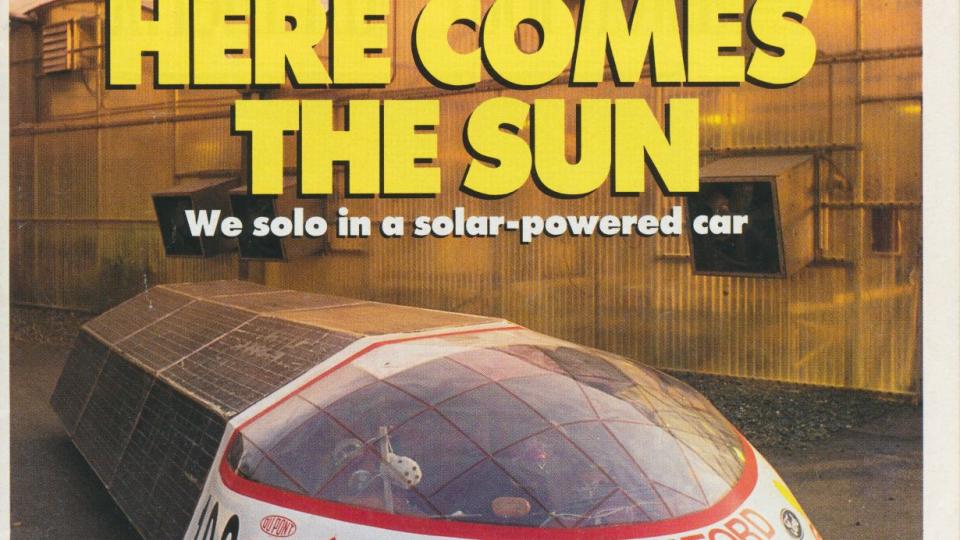
That's all great and genuinely interesting, but the company has yet to deliver any of its launch models. And the same is true for the even more ambitious Lightyear 2, which isn't slated for production until 2025. That said, the $260,000 388-mile Lightyear 0 is an engineering marvel, even if it's in the hands of very few owners.
If this all sounds a bit cyclical, that's because it is. Much like the limited proliferation of hydrogen vehicles, solar power is an innovative, fledgling idea with a long way to go. But this is actually the same story we at Autoweek have been telling for years at this point.
Following an interview with Dr. Stefan Heck of Nauto, he recollected his 15 minutes of solar fame in Autoweek and then sent us scanned copies of the article itself. Published in December of 1990, JP Vettraino examined the potential for car enthusiasm in a world void of fossil fuels, but through the lens of Stanford's solar-power SunSurfer.
"Manufacturers tend to be secretive, but the Stanford students were pleased to share their machine for an afternoon. And what one learns first in a solar-powered car is that it is still a car, manipulated by a driver via hands, feet, and the seat of the pants.
"You react as you would whenever you get in a car for the first time. First, you squeeze the brakes. The regenerative braking power of the engine is less potent at lower speeds and the tiny calipers on the front axles are never going to lock the wheels. Still, the 600-pound SunSurfer slows. Satisfied it will stop, you hit the throttle to find out how it goes. With the accelerator all the way, the SunSurfer shows surprising pickup, perhaps on par with a 1300-cc Beetle: Certainly not quick, but not dog-slow either. With battery assist, the car cruises effortlessly in the 45-mph range."
So, it's certainly not all bad, even if its estimated labor and parts value ascended $200,000 back in the '90s. This 1990 student-built model made it from Orlando to Detroit in seventh place out of 32 racers. But the logistics of solar powertrains are complex, both from the energy distribution and aerodynamics perspectives, as Vettraino wrote in 1990.
Too complex for the consumer world? Even all these years later, it's still unclear if solar cars could be developed, subsidized, and manufactured to a sustainable extent. Aptera, Lightyear, and others will certainly continue trying—we're looking forward to driving a consumer-ready solar-powered version—but there is virtually no mainstream investment.
Regardless, the student creation side of solar cars is worth celebrating, whether in 1990 or in 2023. The University of Michigan team has a legacy of excellence in the solar vehicle arena, winning the American Solar Challenge nine times since 1990. Ann Arbor has a lot on the line each year, in more ways than one.
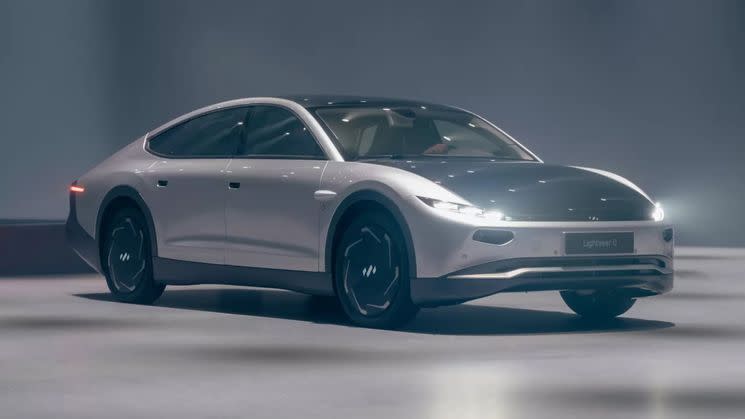
"We effectively started with a penalty on top of the additional energy that we needed to overtake the cars that left Darwin ahead of us," said Will Jones, the team's race manager and a senior in mechanical engineering. "But our strategists spent the entire year preparing for the competition by studying passing situations with mathematical models. So we were well equipped to adjust our speeds accordingly."
"Astrum took off at some of the fastest speeds in the competition—between 53 and 62 miles per hour—and passed car after car. When the team arrived at the control stop in Dunmara at the end of the first day, they had rocketed into sixth place and caught up to the fifth-place team, Tokai University, with whom they shared camp for the night," the team release reads.
If you had to make bets, will solar-powered or hydrogen-powered vehicles gain widespread acceptance first? Please share your thoughts below.

 Yahoo Autos
Yahoo Autos 